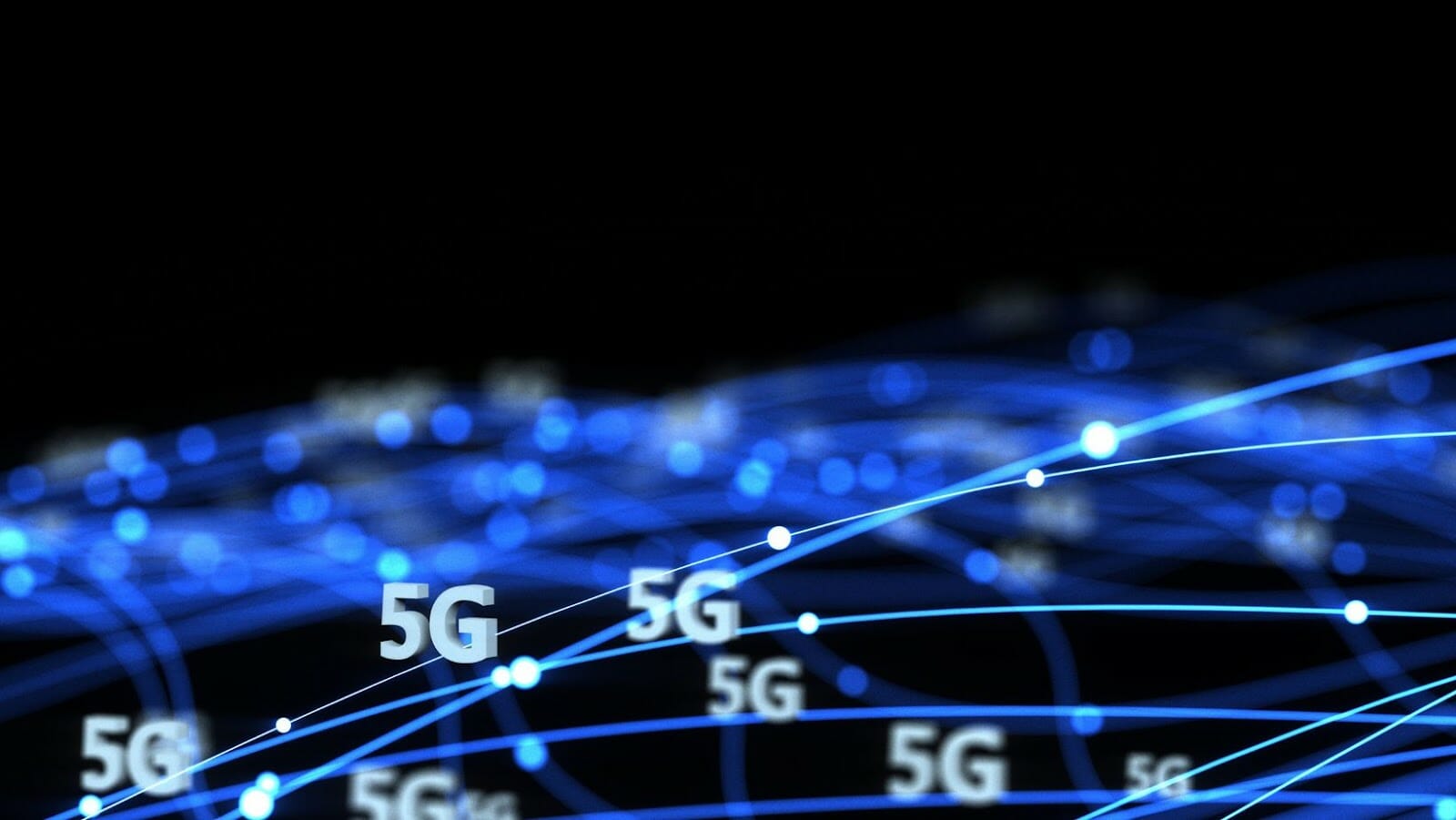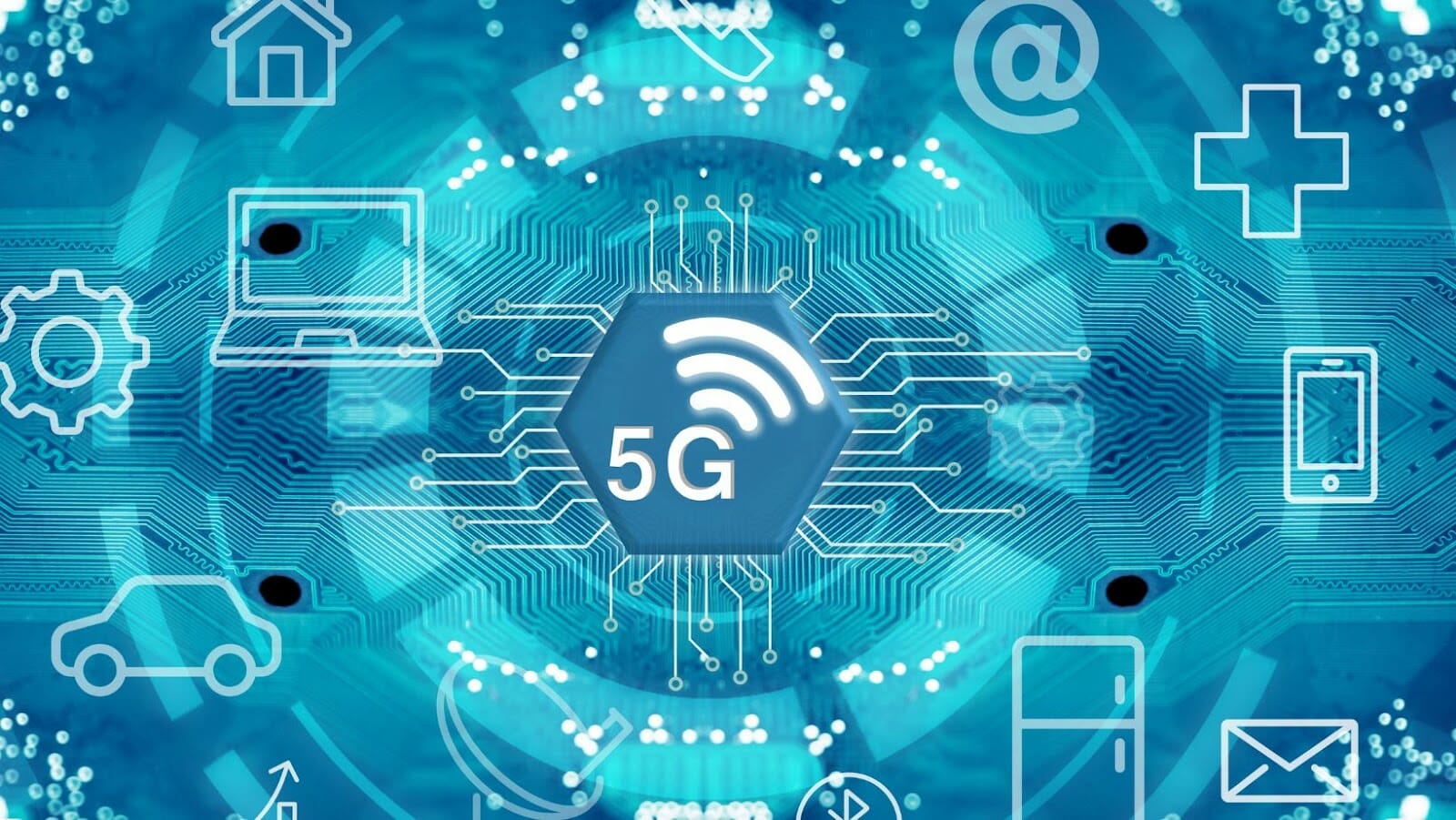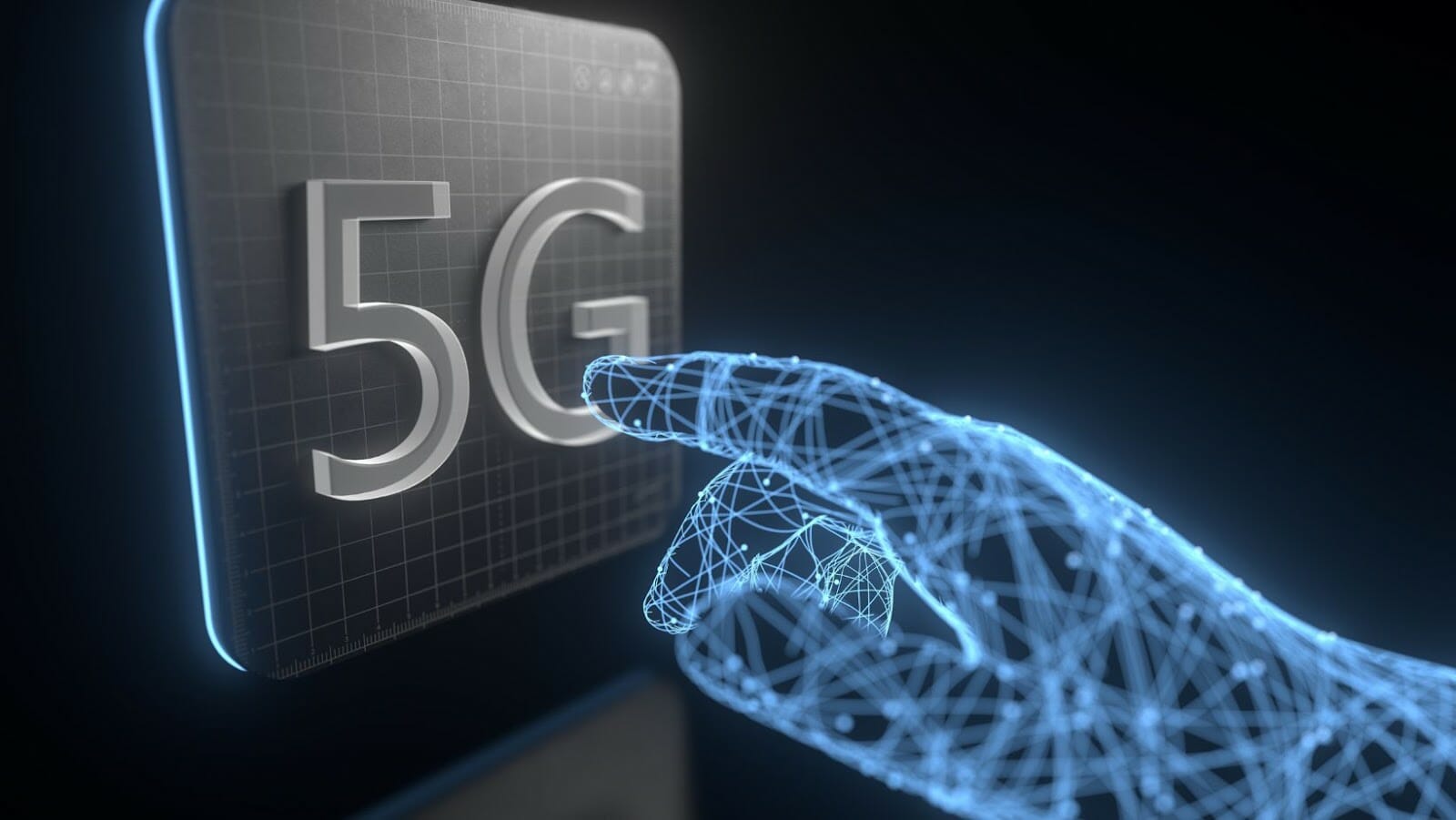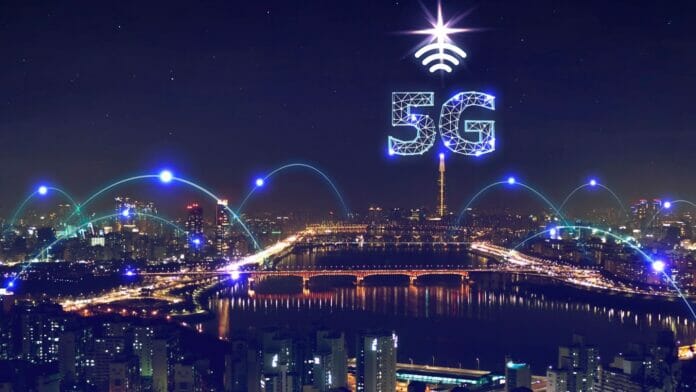Overview of 5G
The announcement from AT&T and Verizon to delay their 5G service for two weeks comes at an important time for the wireless industry. 5G is the next generation of wireless technology, promising faster speeds and more reliable consumer connections.
This delay adds a layer to the discussion of the implications of 5G on the industry and its future. Let’s explore the overview of 5G, what it is and what it means for the future.
What is 5G?
5G technology is the fifth generation of wireless technologies, succeeding the current 4G (LTE) standards. Unlike its predecessors, 5G has the potential to radically change our lives beyond just supporting faster network speeds and more connected devices in one place. It brings unprecedented performance, flexibility and scalability for a wide variety of applications including cellular networks and industrial internet of things (IIoT).
Regarding speed, 5G promises to be more than 10 times faster than its predecessors. For example, downloading a two-hour movie would take 6 minutes rather than 26 on 4G by 2020. By 2022 it should be twice as fast again. This high-speed connection will enable instant downloads and ultra-low latency, so 20 millisecond response time for any request will become standard for real-time applications like gaming or remote surgery.
5G technology brings an array of new use cases such as autonomous vehicles, VR/AR applications, robotics control and industrial process automation enabled by high data rate, seamless connectivity, competitive latency, and ultra-reliability levels.
It also achieves increased energy efficiency due to big improvements in link budget. Furthermore, it provides flexibility in coverage thanks to enhanced capabilities in beamforming techniques such as massive MIMO or NFV support through network slicing techniques allowing sharing of the same spectrum resources among different users at different quality levels without ever before achieved flexibility enabling improved QoS support even at extreme low joint correlation at cell edges while ensuring better service continuity. All these benefits put together open up huge opportunities for telcos enabling them to provide more reliable services which can be tailored according to subscriber’s needs opening monetization opportunities either through network slicing approaches or revenue assurance by enabling user segmentation providing different levels for quality based pricing models widening up revenue possibilities beyond simple data plan subscriptions.
Benefits of 5G
Advancements in technology have ushered in a new era of communication known as 5G. This new type of network is capable of delivering faster download speeds and wider coverage than ever before. With 5G, users can expect to see enhancements in key areas such as latency, bandwidth, and an overall improvement in the user experience.
5G networks offer several benefits over 4G networks including increased speed, lower latency, higher capacity and support for more devices than 4G. This leads to improved user experiences and even better customer engagement for businesses. In addition, with 5G, organisations can also use new technologies such as augmented and virtual reality (AR/VR).
The advantages of 5G extend beyond mobile networks and into the home. Thanks to the greater download speeds offered by 5G networks, consumers can now access more content on their devices faster than ever before. The increased capacity of 5G also allows people to stay connected while on the go, giving them better access to the web away from home or work.
Finally, 5G networks are designed with security in mind thanks to features like network slicing technology which restricts unauthorised access to data across different types of devices. Moreover, enhanced mobile broadband (eMBB) is expected to protect users against cyberattacks without compromising their online experience or connection quality. Overall, the introduction of 5g provides many opportunities for consumers and businesses alike, making it an exciting prospect for the future.
AT&T, Verizon delay new 5G service by 2 weeks after request from DOT Secretary Buttigieg
Recently, both AT&T and Verizon have announced they will be delaying the launch of their 5G services, following a request from Department of Transportation Secretary Buttigieg. The delay will add two weeks to the previously announced date of launch.
This delay raises the question of what this could mean for the future of 5G. So let’s take a look at the implications of this delay.
Request from DOT Secretary Buttigieg
On April 23, 2021, U.S. Department of Transportation (DOT) Secretary Pete Buttigieg requested that the Wireless Communications Bureau (WCB) extend the comment deadline for its upcoming 5G Mobility Fund Phase II report and order. The comment deadline initially was 100 days from April 21, 2021, however Secretary Buttigieg asked that the WCB extend it to 120 days to “ensure the most rigorous comments are possible in this important proceeding.”
The 5G Mobility Fund Phase II report and order contemplate a $4.5 billion assessment over 10 years to support wireless infrastructure deployment in rural America through broadband mapping, service performance targets and innovative measures such as targeted carrier-based funding mechanisms. These funds are expected to be instrumental in expanding 5G access by improving coverage and speed in rural areas.
The additional 20-day extension provides consumers across the country with an opportunity to weigh in on how these funds should be allocated so that they best serve their needs. Policy makers will use input collected during the commenting period of this proceeding when deciding how best to target these funds — allowing them to tackle head on one of our nation’s most pressing public needs: bridging the digital divide between rural and urban America while ushering in a new era of technology innovation by promoting investments into 5G networks across our country.
AT&T and Verizon’s Response
In response to recent developments, AT&T and Verizon have addressed the delay in wide-scale 5G network rollouts with new strategies. AT&T, planning to bring 5G service to over 20 cities by the end of 2018, announced that they will instead focus on expanding their reach in existing markets. Meanwhile, Verizon, who had planned to launch 5G service in Los Angeles, Sacramento and Houston this year, has shifted its attention toward developing millimetre wave technology for indoor use.
These decisions indicate that larger operators may take a slower approach when rolling out the next generation of mobile networks. However, some analysts suggest that smaller providers may seize the opportunity and start serving customers before giants like AT&T and Verizon are ready. As such, many argue that an infusion of competition could energize investment in 5G technologies and lead to more affordable services for consumers.
Despite delays from two major carriers, there is still hope for widespread 5G network adoption by mid-2019 — but we’ll need to be patient as carriers work through the complexities of testing and deploying new technologies. It’s also worth considering whether or not deployment obstacles will affect the long-term objectives of introducing faster internet speeds on a larger scale since previous attempts at fourth generation networks took years longer than expected.
While it’s impossible to predict what lies ahead for this digital revolution, it’s clear that if we hope to build a better future powered by new technology such as 5G networks — it will take patience and perseverance from both providers and customers alike.
Implications of Delay
In response to a request from U.S. Department of Transportation Secretary Pete Buttigieg, AT&T and Verizon have delayed the launch of their 5G service by two weeks. This delay has been met with mixed reactions, as many are eager to experience the next generation of mobile technology but some are concerned about the implications of the delay.
In this article, we will discuss what this delay could mean for the future of 5G.
Impact on Consumers
The delay of 5G deployment has several impacts on consumers. First, the advancement of 5G technology only happens if companies invest in building, maintaining, and upgrading this network to meet current demands. A delay in deployment can hinder the availability of 5G technology, particularly in rural areas where infrastructure is not as easily accessible or maintained.

Additionally, because 5G requires a more sophisticated network than 4G, carriers may be hesitant to invest in hardware that may become inactive later on. As a result, consumers can experience slower speeds and fewer services beyond basic cellular connections without these necessary investments. This could also lead to difficulty in receiving phone calls or cloud-based data due to lack of support networks.
Moreover, 5G technology is expected to reduce cell phone latency and allow faster loading times for applications such as streaming TV or music services with improved video quality. However, the delay in developing 5G technology could also lead to degraded service levels as 4G/LTE networks are relied upon more heavily. Therefore, due to the delays faced today, consumers will be hindered from enjoying the full potential benefits of high-speed data connections made possible by the advancements of 5G technology.
Impact on Businesses
5G networks promise performance increases, but the implementation of these networks has been delayed for various reasons. This could have implications for businesses, especially those that depend on the speed and reliability of these networks. Here we explore the impact this delay may have on some industries that might be affected.
Retail- Buyers are now more reliant on online shopping than ever before, which is likely to continue with the increased availability of 4G and 5G services. As a result, delays in 5G implementation could impact retailers’ ability to compete effectively in this space and their capacity to serve customers quickly and efficiently using mobile technologies such as mobile payment capabilities or Augmented Reality features.

Manufacturing: The capabilities of 5G will be essential in driving automation within factories by enabling greater real-time streaming data collection that can feed machine learning algorithms. Without access to faster speeds, businesses may not be able to exploit these advantages and could find their competitors quicker to market with new products.
Healthcare: In the healthcare sector, 5G will enable doctors easier access to medical records and allow medical specialists based remotely from the patient full visibility into their care plan which will help them coordinate deals more effectively with other practitioners. Delaying widespread 5G take up could significantly impede a healthcare system’s capacity to provide patients with high quality healthcare digitally; a capability that significantly benefits both patients’ convenience and cost efficacy for hospitals/clinics/physicians alike
The potential impacts of delays for 5G implementation may prevent businesses from fully benefiting from its integration into their services and operations in the short and long term. In addition, should it become necessary for organisations to adopt alternative strategies – such as wireless mesh networks – which may take longer timeframes than expected to establish then a further slowing could ensue leading potentially disruptive delays across various sectors.
Impact on Telecom Industry
The delayed launch of 5G has wide-ranging implications for the telecom industry, which is currently experiencing unprecedented capital expenditure demands in an increasing economic uncertainty. In addition to higher costs associated with 5G’s rollout, it’s estimated that the groundbreaking technology won’t generate strong returns until 2021 or 2022 at the earliest.
Telecom companies’ main challenge is balancing investment in 5G network infrastructure against necessary spending on the maintenance and upgrades of previous technologies. This includes 4G networks, essential to maintain high service standards while businesses migrate 4G subscribers over to 5G networks.
Telecom companies must also shift their core business strategies to focus on new revenue streams enabled by 5G technology. This will involve retooling operations to pursue emerging capabilities such as connected devices and smarter analytics that unlock improved customer experiences at lower costs and operational efficiency across various industries. In addition, there will be an increased focus on providing services for internet-connected machines like self-driving cars, streaming media content, smart cities, XR (AR/VR/MR), and distributed cloud computing for businesses.
Finally, the delay has negative implications for new entrants such as tech giants who were hoping to become players in the market with their own innovative solutions and offerings based on 5G technology. With a longer wait around commercialization of this technology they risk being left out as large firms ramp up their infrastructures over time and develop stronger relationships with customers through tailored solutions refined by experience.
Future of 5G
The news that AT&T and Verizon, two of the largest telecommunication companies in the U.S., have delayed the launch of their 5G service due to a request from Transportation Secretary Pete Buttigieg, raises questions about what this means for the future of 5G technology.
In this article, we will explore how this delay could impact the development of the 5G technology, what the implications are for businesses, and the potential implications for consumers.
Potential Regulatory Changes
The development of 5G technology promises to revolutionise our lives and work, but it is also subject to certain potential regulatory changes that could greatly affect its rollout and use. As a result, it is important for everyone involved in the 5G sector to be aware of potential risks and developments in that regard.

First and foremost, 5G will require spectrum resources to be allocated efficiently, as the technology demands broadcast channels with lower latency and greater bandwidth than traditional mobile networks. Local regulatory entities such as city councils or state public utility commissions may be incentivized to reserve some spectrum for local services or even charge higher rates for its use due to increased demand. This could make areas with more stringent regulations, such as those were the technology is being developed first, less attractive for providers building their networks. Additionally, there are likely to be new security concerns with 5G adoption, such as protecting sensitive data transmitted over airwaves or through wireless devices already installed in homes. As a result of these issues, privacy and security regulations may need updating in order to ensure customer data protection.
All players in the industry must remain aware of potential changes coming down the line that could affect how they deploy their services. For example, companies should take note of relevant cases addressing spectrum allocation or privacy concerns at early stages of a request’s process so they can develop strategies around any emerging laws before they become commonplace. In addition, staying ahead of regulation will give operators more flexibility when responding to policy updates on a national level while still keeping their customer base informed about any changes that could affect their service’s outage times or quality levels.
Impact of Delay on 5G Rollout
The delay in the rollout of 5G has created two main challenges that will require long-term solutions.
The first challenge is the issue of supplying sufficient spectrum and providing enough spectrum capacity to achieve the desired data throughput and latency. As more technologies and applications are enabled by 5G, there will be an increased demand for additional spectrum capacity which can be supplied through various technological advances such as carrier aggregation, beamforming, and massive multiple-input, multiple-output (MIMO).
Secondly, network fragmentation has created an additional concern for mobile operators attempting to implement a seamless network across all device types. Fragmentation can result from diversity in device requirements such as security protocols, protocols standards among devices deployed on a single network frequency, or geographic coverage discrepancies amongst devices using different wireless standards.
To address these issues effectively and ensure a successful 5G rollout it is vital to implement standardisation of mobile technology specifications at regional and global levels. This type of collaboration could result in quicker deployment times due to reduced hardware costs and improved compatibility between networks, allowing users access to their digital content no matter where they go.
Potential Benefits of Delay
The potential benefits of 5G networks due to their low latency offer users a smoother, faster and more immersive user experience. Low latency is expected to be one of the biggest advantages 5G can offer. Reduced delays will lead to new opportunities for industries such as entertainment, gaming or moving data heavy applications such as file sharing between massive amounts of people worldwide with virtually no lag time.
Other applications that are expected to depend on the reliability of ultra-low latencies enabled by 5G include virtual reality (VR), augmented reality (AR) and mixed reality (MR). Low latency connectivity enables users of such applications, increase their engagement time with much more realistic content delivered without obvious lagging.
In certain industries, small delays can have serious repercussions. In healthcare, for example, remote patient monitoring systems rely on prompt responses from devices to ensure accurate readings; it’s necessary for sensors and wearables connected over a 5G network to react within a matter of milli-seconds.
The deployment of 5G networks also paves the way for Artificial Intelligence’s emergence into our lives in increasingly bold ways, including expert systems and robotics which rely on exact command processing paired with continual feedback loops – reducing response times and improving accuracy – that are only possible at ultra-low latencies enabled by 5G technology.


